#Animals (Fauna)
Text
A dinosaur obsessed 12 year old studied fossils and found a 69 million year old hadrosaur skeleton embedded in rock while hiking. A fisherman in Australia noticed tiny shrimp in his net that looked slightly different from the others and he sent a few specimens to biologists for testing. Turned out to be a never before described species, going unnoticed in a popular lake. I posted a pic ~here on tumblr~ of a weird parasite on a dead fish and a parasitologist found it and asked to report it as the species has never been seen in my area before.
There is so, so much out there we literally don’t even know. And the best way to find that stuff out is to be intensely curious about everything you see. You might not discover a new species but you absolutely will gain a deeper appreciation for the world around you.
47K notes
·
View notes
Text

You squint your eyes in the direction of the forest edge, between the shadows and the mist you see pale, humanoid shapes. It's not ghosts, not this time, but a herd of brynaglo. This nocturnal herbivore has an inquisitive but careful nature, listening with its large ears to anything that catches its interest before slowly and quietly approaching. It's not unusual for brynaglo to approach campsites in or close to the forest, often with terrifying effect on non locals.
9K notes
·
View notes
Text

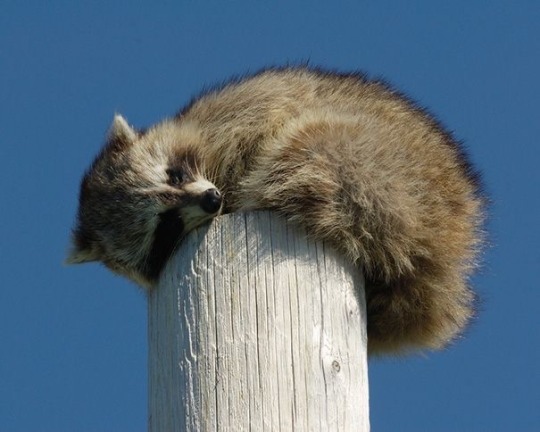


i wish i was a raccoon sleepin on a log
47K notes
·
View notes
Text
Friendly reminder to everyone to always fact check your work. Even when it seems like it's right.
Case in point: I'm making a short little post about Gambian pouched rats(!). Funnily enough, they're named not for pouches in which they carry their young, but for their cheek pouches. Apparently most other rats don't have cheek pouches like hamsters and gerbils do. Neat.
Anyway, some of the literature I was reading said that Gambian pouched rats can carry a lot of food in their mouths. Makes sense-- they're big rats. But how much food exactly? I started looking. More sources agreed that, yeah, Gambian pouched rats can carry a lot of food! Maybe even up to 3kg over the course of 2 hours! That seems like a lot, especially considering Gambian pouched rats only weigh 1.0-1.5 kg. So I do a little more digging. Every source agrees that they can carry a lot, and they all cite that very specific number of 3kg over 2 hours.
Finally, I track down an actual paper about Gambian pouched rat cheek morphology (yes I went down a wormhole. This is my HBomberGuy moment.) The paper cites 2 sources for that 3 kg/2 hr number! Great! I find those two papers, and read them. And.
Neither paper says that. In fact, they don't really talk about Gambian pouched rat feeding habits at all. One is just an observation on natural behaviors, with a brief section on their diet but no information on how much they carry. The second paper-- written by the same guy-- was about how Gambian pouched rat behaviour changes in captivity. There was a good-sized section on cannibalism, but nothing on transporting food. So that first paper, the one that cited those other two for that 3 kg/2 hr figure, just straight up lied.
Moral of the story: always do your homework kids, especially when it sounds too good to be true. Also, Gambian pouched rats can probably carry quite a lot of food in their mouths, but whether they really can carry up to 3 kg worth of food in 2 hours remains to be seen.
#jack speaks#not an animal#not fauna#sorry not sorry for the psa#behind the scenes#srsly the amount of work i put into some of these posts is ridiculous
4K notes
·
View notes
Text

#cats#catserotonin#serotonin#catsserotonin#animal videos#baby animals#kittens#cat pictures#fauna#wildlife
3K notes
·
View notes
Text

Cape Barren goose (look at themmm!!)
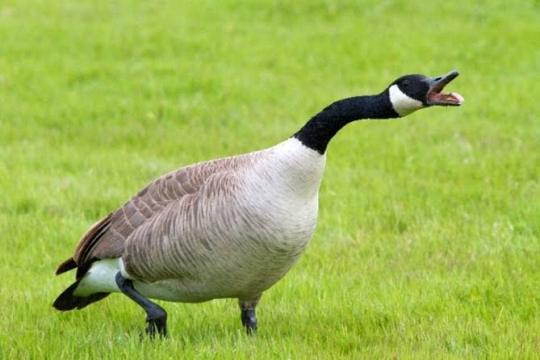
Canadian goose (no.1 guard goose)
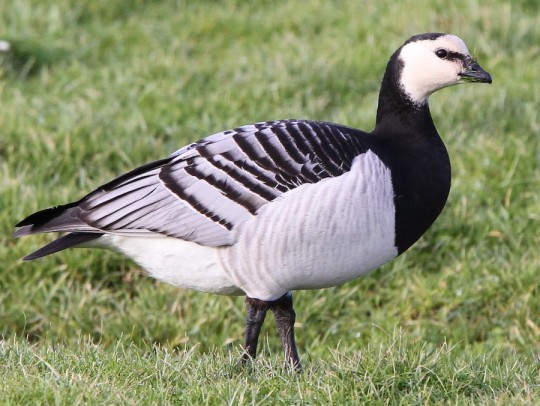
Barnacle goose (those are some cool looking stripes!)
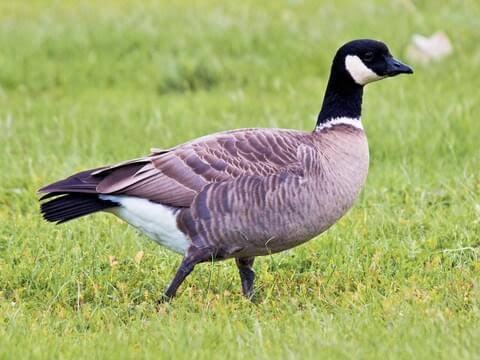
Cackling goose (I bet this goose has a great cackle)
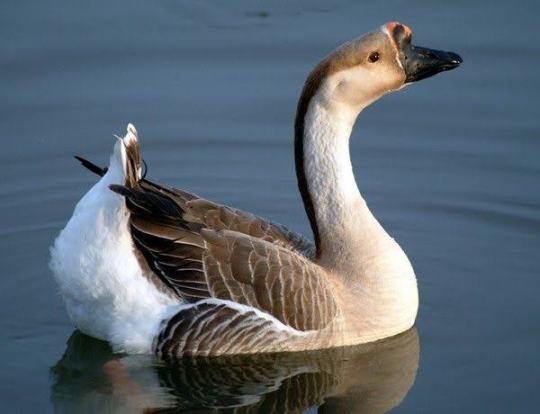
African goose (such elegance! and poise!)
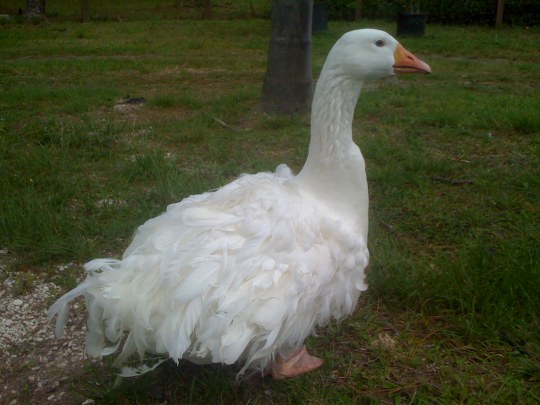
Sebastopol goose (so floofy)
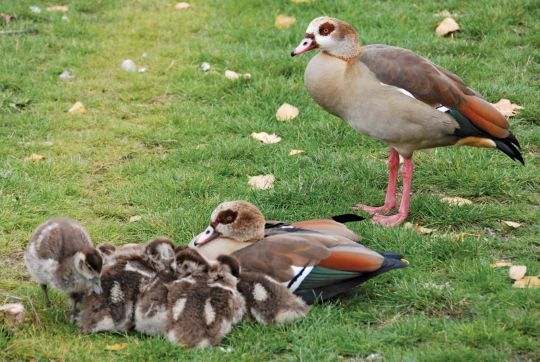
Egyptian goose (pretty colours!)
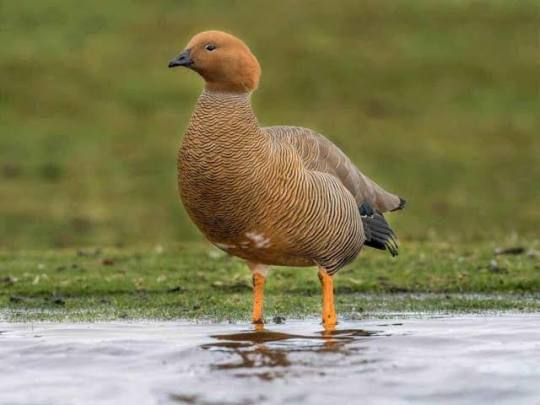
Ruddy-headed goose (check out that pattern!)
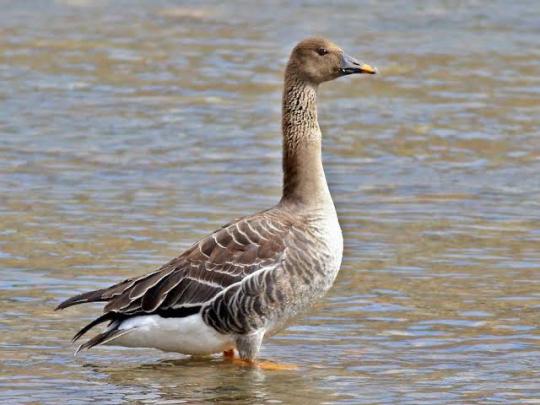
Bean goose (this looks like the kinda goose that would enjoy some beans)
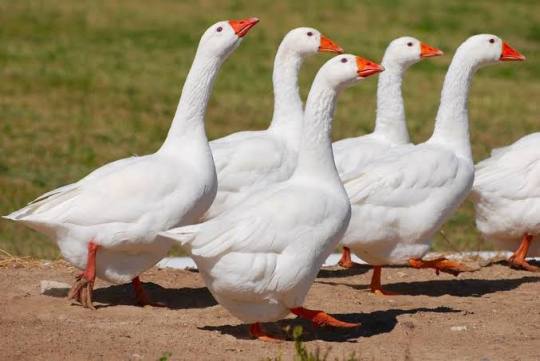
Embden goose (the classic)

Toulous goose (majestic beasts)
feel free to reblog with your favourite geese that I might have missed!!
#I feel like steve irwin lol#long post#sorry#tumblr polls#my polls#polls#random polls#poll time#random poll#goose#geese#best goose poll#canadian geese#wild geese#canada goose#bird#canada geese#ducks and geese#ornithology#birds#wild birds#birb#birdposting#birdblr#birds nature#fauna#animals#critters#wildlife#poll
3K notes
·
View notes
Text
yeah facebook is terrible but sometimes you stumble across pure gold. there are dream animals i want to see in the wild and there will be posts like

ma'am that is the critically endangered regent honeyeater. There are less than 300 of them left in the wild
#the anklet indicates captive breed and released BUT STILL#i want to see one so bad this is so funny to me#birds#regent honeyeater#Anthochaera phrygia#bird#honeyeater#australian animals#fauna#conservation#wildlife
20K notes
·
View notes
Text
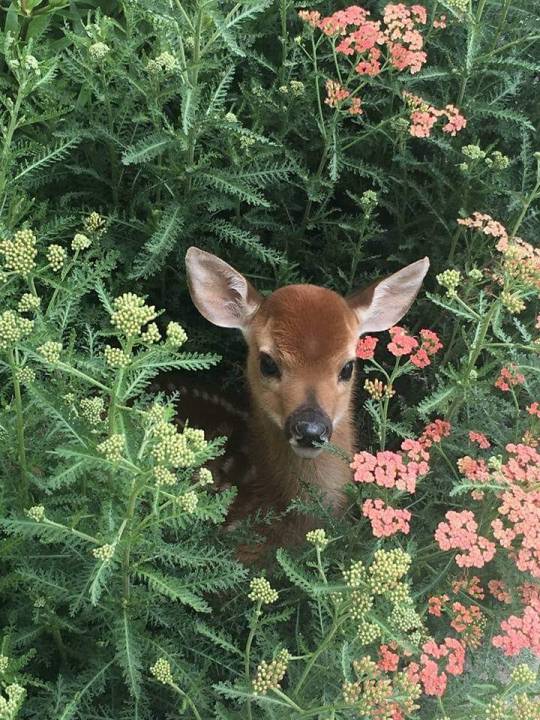
#cottage core#cottage#cottagecore#country#country living#deer#flora#fauna#flora and fauna#nature#animals#wildlife#flowers#springcore#grandmacore#cottage vibes#cottage living#cottage academia#follow for follow#follow back instantly#instant follow back#i follow back
15K notes
·
View notes
Text
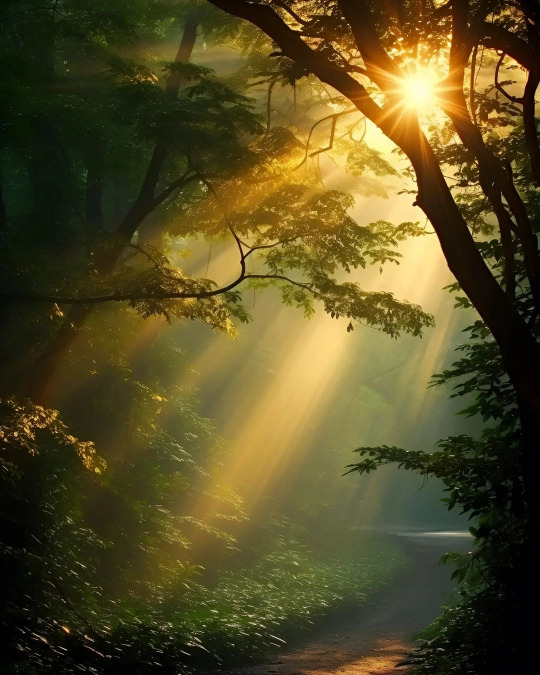
#art#nature#photography#photographers on tumblr#sunrise#tumbrl#sunset#sky#sunshine#sun#cute#animals#explore#travel#trees and forests#flora and fauna#flowers#color#adventure#aesthetic#cottagecore#pastel#awesome#my photos#my post#sun and moon show#garden#mountains#best#trending
2K notes
·
View notes
Photo
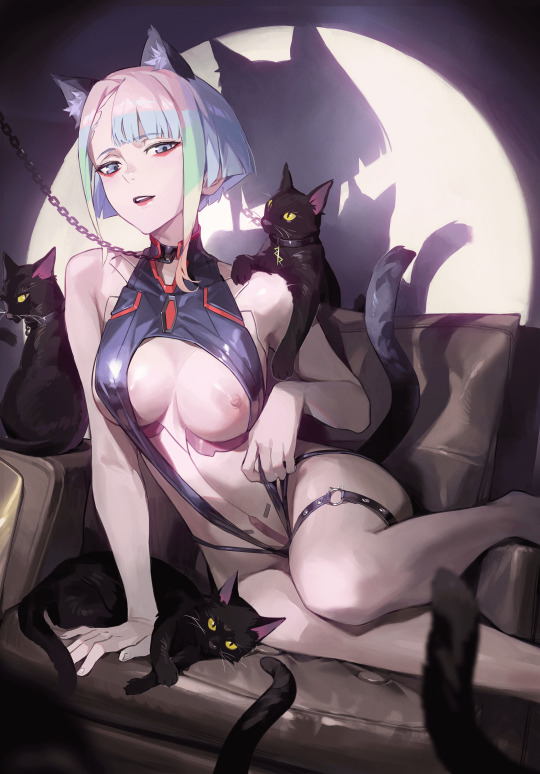
大大卷 @_M_U_M_E_I_ - catgirl lucy
#大大卷#perbigoo#bigroll#_m_u_m_e_i_#catgirl#lucy#cyberpunk lucy#cyberpunk#edgerunners#lucyna kushinada#fauna#art#illustration#anime#manga#fanart#pixiv#artists on pixiv#pinup#cyberpunk 2077#cyberpunk edgerunners
2K notes
·
View notes
Text

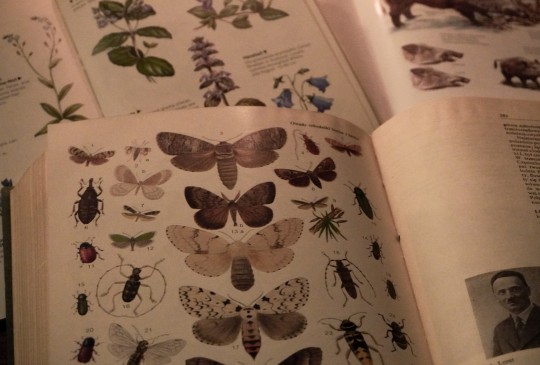

I've been seeing lots of fascinating animals in nearby forests lately, so I'm doing some evening reading on local fauna 🦋
#books#interior#photography#decor#academia aesthetic#literature#dark academia#dark academia aesthetic#original photography#studyblr#light academia#fauna#animals#tw animal death#nature#nature aesthetic#witchy aesthetic#green witch#dark aesthetic#witchcore#fantasycore#insects#olga's diary
2K notes
·
View notes
Photo
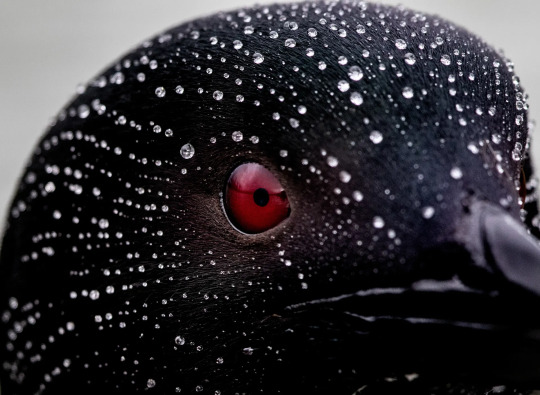
Great northern diver (Gavia immer)
Cariboo region, Canada
Photograph: Sue Dougherty
#birds#wildlife#nature#animals#photography#cute#fauna#cute animals#wildlifephotography#peace#peace photography#Lensblr#Aesthetic#Camera#Curators on tumblr#Travel#canada
17K notes
·
View notes
Text
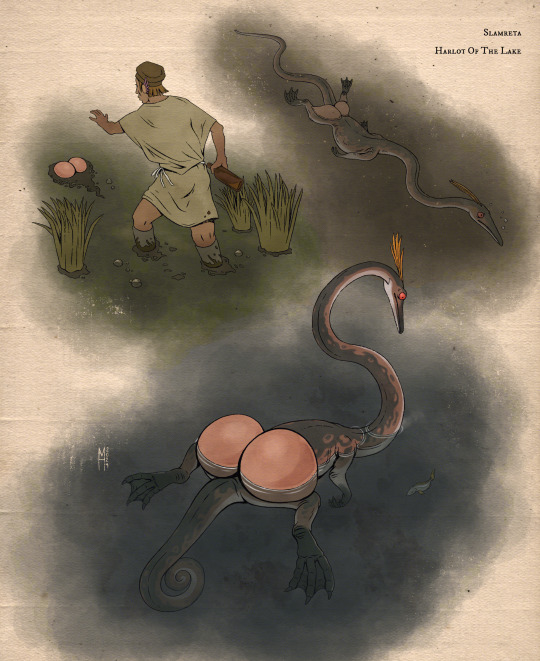
You're drunkenly stumbling home one night and from the duckboards through the booze haze you see the most scrumptious ass teasingly glide away deeper into the dark swamp. You follow, legs getting heavier and orientation more difficult by each step.
How many times that scenario has played out in Ditovo is not easy to calculate but it's likely not zero. The more sober locals will tell you that the slamreta, also known as "harlot of the lake", is not a malicious creature, it wants nothing to do with you in fact. This animal uses inflatable sacs on its hind legs to float on the water's surface perfectly still as it looks for fish or other small things to eat. It hunts using its sharp vision and plunges its long neck to reach prey. It's long tail is curled up to act as a stabilizing anchor. At sign of danger the slamreta can deflate the hind leg sacs to dive and swim away. It spends most of its time in water and will build a nest in-between reeds or other shore vegetation.
#pls don't bother him he just wants to fish#original species#worldbuilding#world building#creature design#fantasy species#fantasy animal#fauna
3K notes
·
View notes
Text

5K notes
·
View notes
Text
Just as a note to any aspiring biologists and/or casual biology fans: please do not be intimidated by 'professional' biologists! We are all huge nerds! I've just spent 3 days surrounded by experts in my field, and given half the opportunity they will gladly gush about their research/animals, and answer any and all questions with probably more information than you ever wanted to know. If you ever get a chance, I highly encourage you to attend conferences, seminars, or talks in your area-- your local biologist will love you, and will likely even have opportunities for you to volunteer with them if that's something you're into!
#jack speaks#not an animal#not fauna#disclaimer: yes some biologists are pretentious assholes but you can find those just about anywhere#99% of biologists are very nice and eager to engage with you#this post also applies to me btw#*please* ask me about turtles
936 notes
·
View notes
Text

#cats#catserotonin#serotonin#catsserotonin#wildlife#fauna#animal videos#baby animals#kittens#cat pictures
926 notes
·
View notes